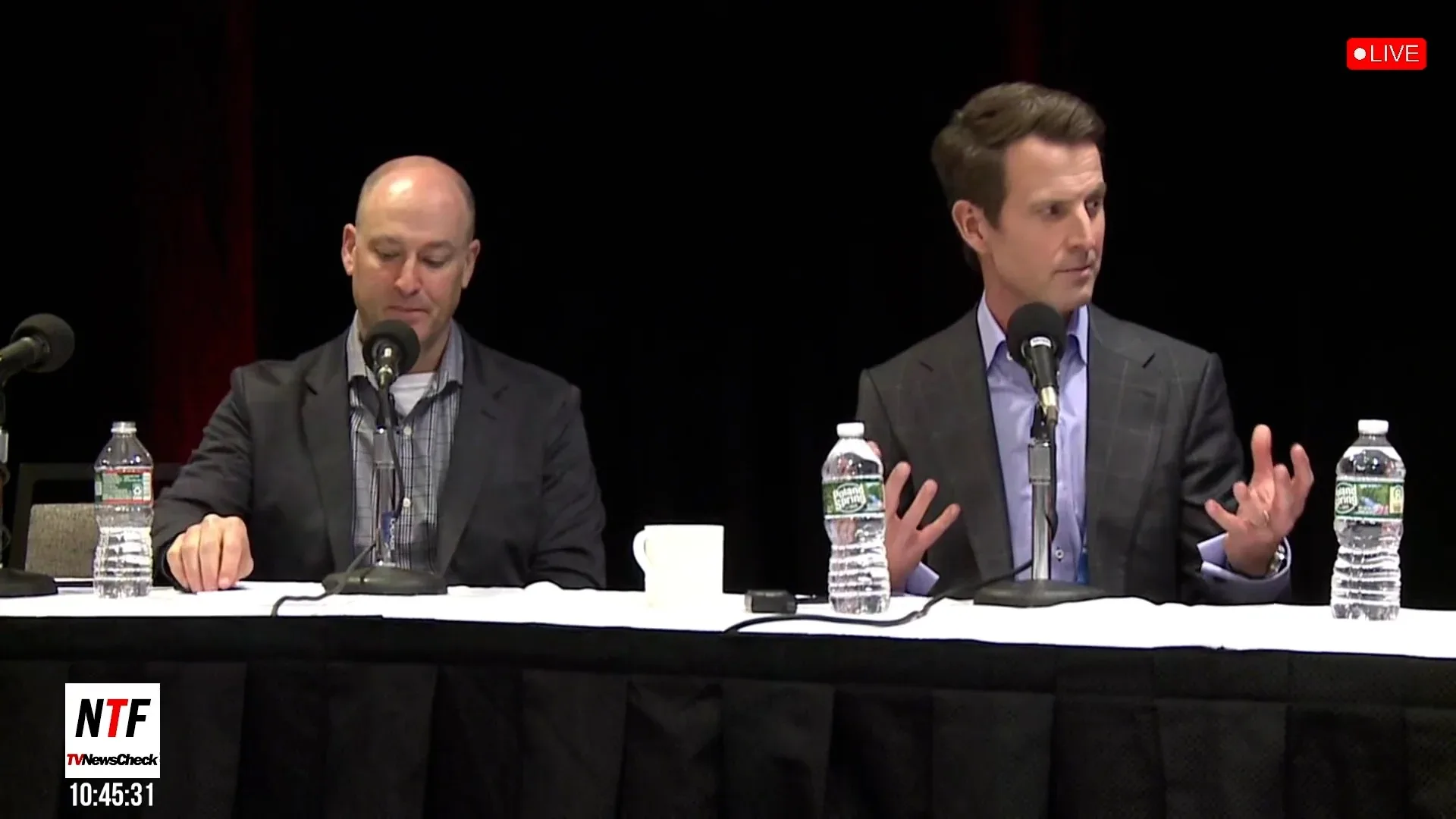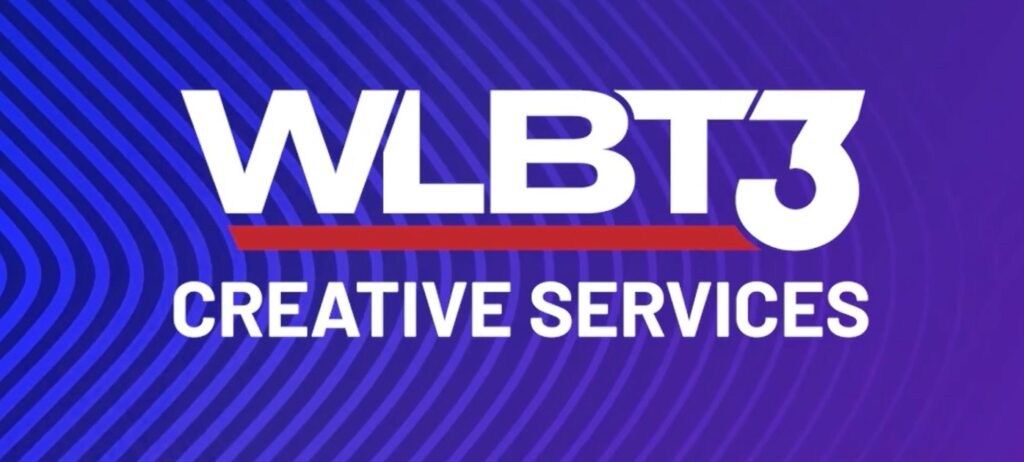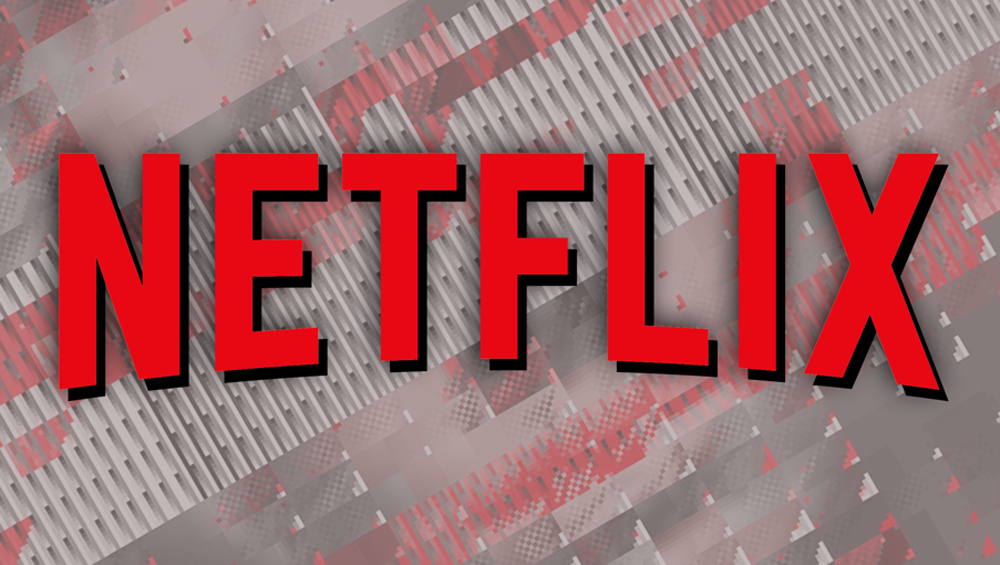
Netflix’s plan to maintain subscriber growth after two quarters of blockbuster increases will be in focus when it reports earnings on Thursday, with some analysts warning that gains from a crackdown on password sharing are set to ease. The streaming pioneer saw its strongest growth since the pandemic in the second half of 2023, with about 22 million people signing up for the service after the company curbed the sharing of passwords globally.
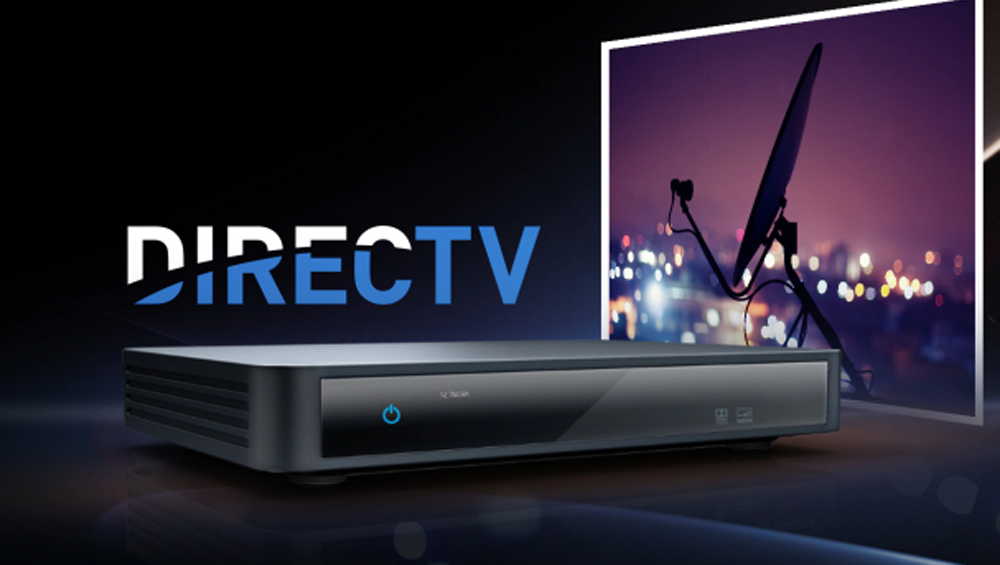
The customer count for the third largest U.S. pay TV operator remains one of the great known unknowns, but Leichtman Research Group hazards another informed guess in its latest quarterly cord-cutting tally.

Netflix continued to add subscribers in the U.S. at a high rate in July after initiating a crackdown on password sharing in May, according to new data from research firm Antenna. The streaming giant had 2.6 million gross subscriber additions in July, the latest figures show. The company also saw the highest percentage of new sign-ups going to its advertising tier since the $7-a-month offering hit the market last November. About 23% of new subscribers opted for the ad tier, a gain of four percentage points over June levels.

The streamers’ U.K. revenues increased by more than 20% last year despite subscriber numbers remaining at a virtual standstill, according to Ofcom’s latest Media Nations report. The combined turnover of the likes of Netflix, Amazon Prime Video and Disney+ hit nearly £3.3 billion ($4.2 billion) in the nation, rising by 21.5% on the prior year and having now doubled over the past three years.
Netflix’s 2Q Subscriber Growth Surges In A Sign That Crackdown On Password Sharing Is Paying Off
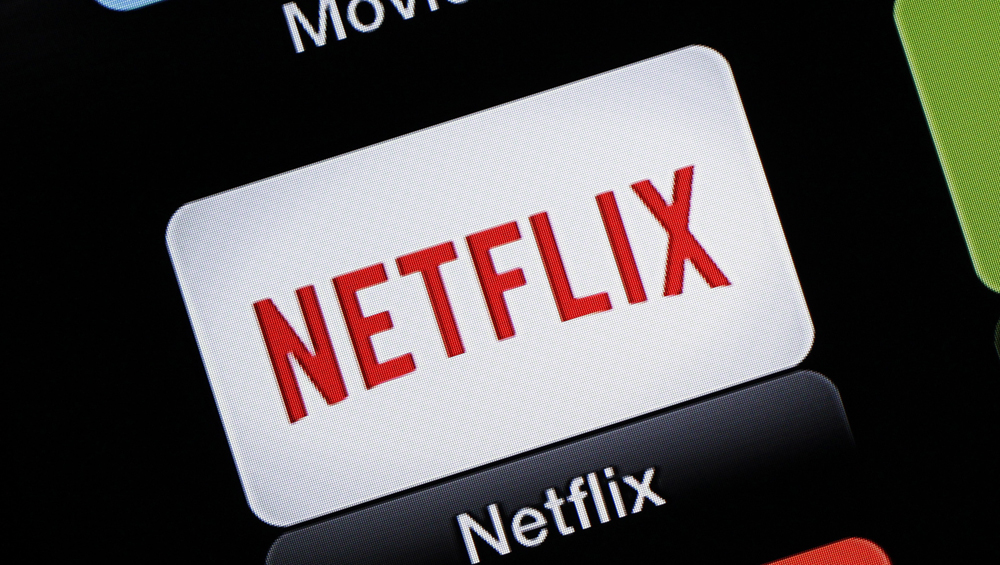
The video streaming service added 5.9 million subscribers during the April-June period, according to numbers released Wednesday along with its latest quarterly financial results. The gains easily surpassed the roughly 2.2 million additional subscriber that analysts surveyed by FactSet Research had anticipating. Netflix ended June with 238.4 million worldwide subscriber.

Netflix has seen its four biggest days of subscriber additions in the four-and-a-half years that data provider Antenna has been tracking the service. The boost comes soon after Netflix began rolling out its password sharing crackdown in the U.S. The streamer told its U.S. members via email beginning in late May: “Your Netflix account is for you and the people you live with — your household.”
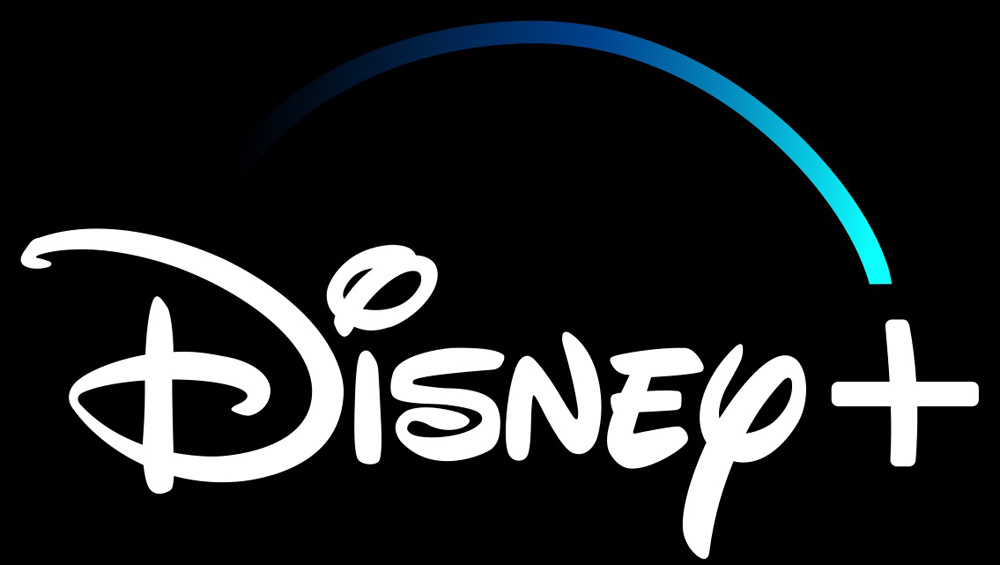
Disney+ is gearing up to launch a new streaming tier with ads on Thursday and, according to new data analysis form Kantar, could expect one in four of its loyal base to trade down to the AVOD plan. Disney+ with ads costs $7.99 per month and tomorrow’s launch comes about a month after SVOD giant Netflix debuted its own ad-supported tier.
Forget Subscribers. Now It’s All About Advertising

The recent upfronts saw networks turning on a dime from their obsession with acquiring subscribers for their streamers to their former adoration of advertising. Whether there’s enough ad revenue to support this industry-wide pivot is another story.
HBO Max/HBO Gain 3 Million Subscribers In 1Q
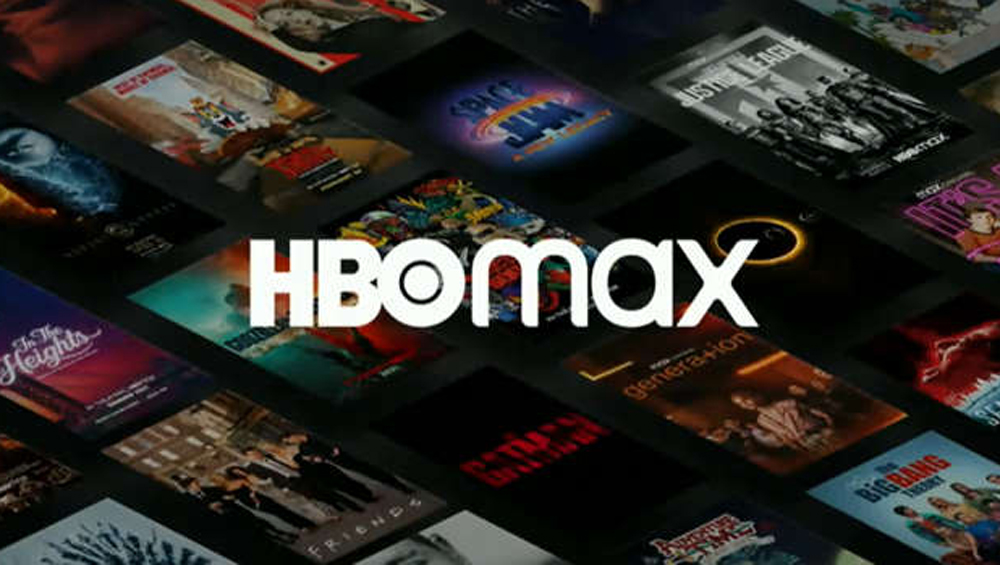
AT&T, in its Wall Street swan song as an entertainment entity, reported solid subscriber pickup for HBO Max and HBO for the first quarter of 2022 on Thursday. The now-divested WarnerMedia unit was again a drag on profitability because of continued investments in HBO Max and the launch of CNN+ — reflecting a key reason AT&T spun it off.
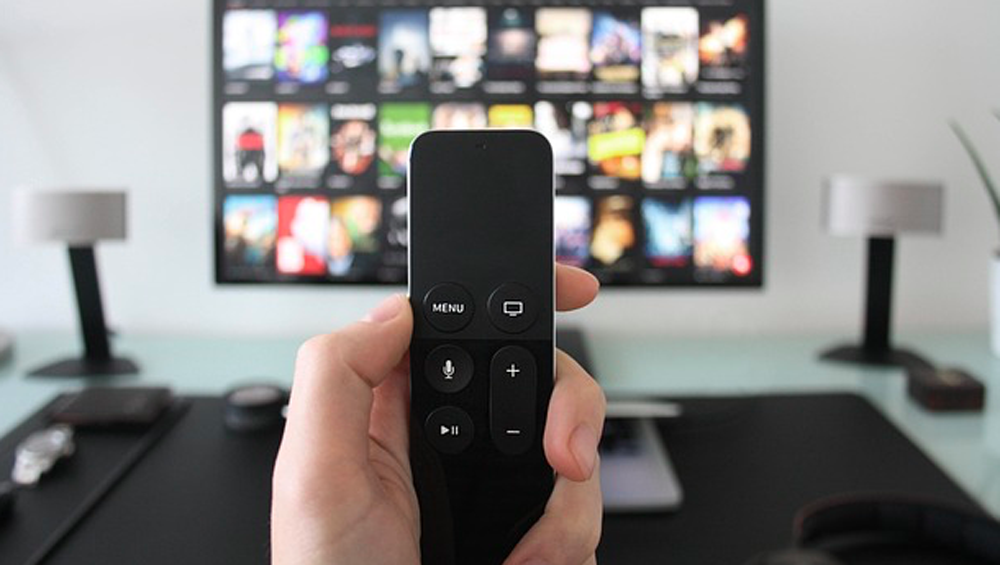
Britons are abandoning streaming services such as Netflix and Disney+ to save money as they suffer the biggest cut to their disposable incomes since the 1950s. Streaming services boomed during the pandemic as people were forced to spend more time at home. With lockdown restrictions lifted, Britons canceled about 1.5 million subscriptions in the first three months of 2022, up by around 500,000 from the previous quarter. More than a third did so to save money, according to a new report by media consultancy Kantar.

Despite price increases and trouble in Russia putting pressure on Netflix’s first quarter subscriber count, analyst Steven Cahall of Wells Fargo has raised his estimate for how many customers Netflix will add when it reports its vital statistics on Tuesday. Based on data on downloads, monthly active users and daily active users, Cahall expects Netflix to add more than 2.9 million subscribers in the quarter, up from his previous estimate of 2.5 million.
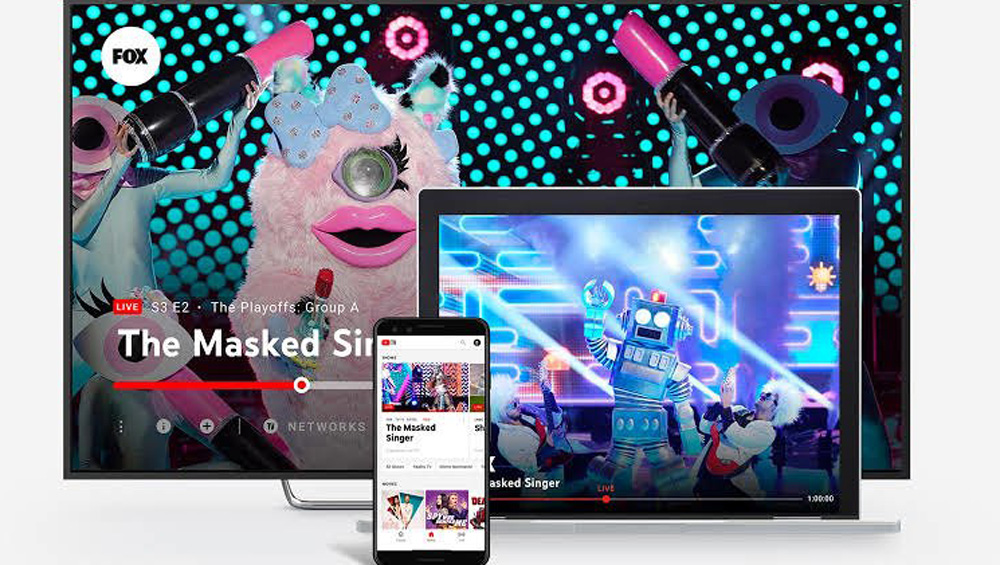
Google didn’t provide a new subscriber total for YouTube TV in the first quarter but one analyst estimate suggests that it was the slowest period for the virtual MVPD in years. According to MoffettNathanson’s latest Cord Cutting Monitor, YouTube TV added 75,000 subscribers during the first quarter. It’s higher than the 43,000 net adds reported by fuboTV and much better than Hulu + Live TV’s 200,000 and Sling TV’s 100,000 net losses. But, according to the analyst firm’s chart tracking YouTube TV’s growth back to the first quarter of 2017, it’s the slowest growth quarter for the vMVPD since the third quarter of 2018.

AT&T’s HBO Max, which got off to a sputtering start, drew the largest share of new streaming subscribers in the fourth quarter, according to Kantar’s Entertainment on Demand Service. Kantar estimates that the number of SVOD subscriptions reached 233 million by the end of December, with the average home having 3.5 streaming video subscriptions, up from 3.1 at the start of 2020.

The video platform’s virtual pay TV service, YouTube TV, has surpassed the 3 million paid subscriber mark. This revelation comes just seven months after Google announced the passing of the 2 million mark for the vMVPD service. That’s an indicator of accelerated growth, as that February 2 million announcement came a full two years after the platform launched.

Even though TV watching has been up in 2020, when it comes to pay TV subscriptions the numbers are historic in the wrong kind of way. According to a report from eMarketer, cable, satellite and telecom TV providers are on pace to lose the most subscribers ever in a single year in 2020. By the end of the year, eMarketer is projecting that 31.2 million U.S. households will have cut the cable cord in aggregate. In addition, 6.6 million households are expected to cancel their pay TV subscriptions. Projecting down the road, eMarketer estimates that a third of U.S. households will have cut the pay TV cord by 2024.
Netflix also cautioned that the pandemic-fueled production shutdowns will begin to hit the company in 2021, with “a more second half weighted content slate in terms of our big titles.”

Cord cutting accelerated to record speed in the second quarter, with the major U.S. pay TV operators reporting an all-time-worst loss of 1.53 million subscribers during the period.
The streaming gian’ts growth in the first quarter was due mostly to its expasion into foreign markets.
The Washington Post now has about 25 people working on retention as it seeks to grow its digital subscriptions, now at 1 million.
Big traditional pay TV providers lost 3.7% or 3 million subscribers in 2017 — one of the worst years ever, according to one report. But other research says that new, rising virtual pay TV services have softened the blow.
U.S. cable, satellite and IPTV operators lost a combined 845,000 video subscribers in the fourth quarter of 2017, analyst Vijay Jayant estimated in a note to investors.
At the start of a busy CES as well as a transformative period when Disney moves to take majority control of the company, Hulu today announced that it ended fiscal 2017 with more than 17 million total subscribers in the U.S. The figure, which includes all SVOD and live TV plans, represents an increase of more than 40% — or 5 million — since Hulu last reported subscriber numbers in the spring of 2016.
 Over the past decade, prices for TV service have risen almost twice as fast as inflation, according to an analysis of government data. Data provider S&P Global Market Intelligence says customers’ cable and satellite TV bills have soared 53% since 2007, to $100.98 in 2017.
Over the past decade, prices for TV service have risen almost twice as fast as inflation, according to an analysis of government data. Data provider S&P Global Market Intelligence says customers’ cable and satellite TV bills have soared 53% since 2007, to $100.98 in 2017.
Dish Network lost fewer-than-expected subscribers in the third quarter as its internet-based service Sling TV attracted more customers, offsetting a temporary hit from Hurricane Maria.
In the last 10 quarters, or 30 months, U-verse has lost 2.254 million net video subscribers. AT&T had indicated that it was converting U-verse customers to its DBS service, which has far lower wholesale programming costs, though it has also moved some U-verse subscribers to the DirecTV Now service as well.
The second-quarter earnings season of 2017 has wound down for media companies and broadcasters. Here’s a roundup of the developments that highlighted the reports: OTT, retrans, subscriber losses and ad revenues under pressure.
New data from MoffettNathanson shows traditional pay TV subscriber erosion worsened in the just-completed second quarter, rising from 2.5% in 1Q to 2.7%, “the fastest rate of decline on record.” […]
Punctuated by the loss of 281,000 customers in the second quarter, Dish Network’s steady stream of retrans battles and carriage wars has resulted in the loss of 7.5% of its subscriber base in just one year.
Comcast has more Internet subscribers than it does for cable for the first time, the company said in an earnings call today. As of March, the company had 22.4 million broadband customers.


















